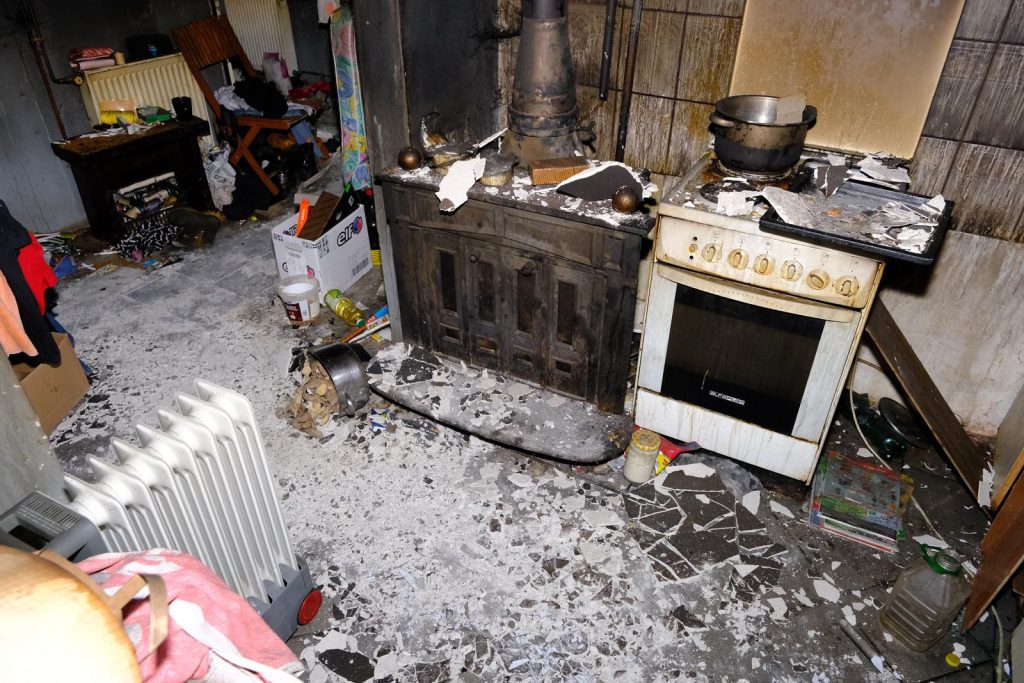June the 16th, 2023 – The European Bank for Reconstruction and Development (EBRD) has presented its Petrinja revitalisation plan. Here’s what we can expect…
As Poslovni Dnevnik writes, the European Bank for Reconstruction and Development (EBRD) recently presented the first results of the project on sustainable reconstruction of earthquake-stricken Petrinja.
The Japanese Government is also involved
The project was financed by the Japanese Government through the Japan Cooperation Fund and the EBRD. The goal of this project is to create a proposal for the reconstruction of this continental Croatian city in order to stop the economic decline and stimulate regrowth following the horrendous events of December 2020.
The Petrinja revitalisation plan was presented
The first results of the project entitled “The urban renewal of the city of Petrinja after the earthquake – strategic support (Building Back Better)” were presented in Petrinja itself as part of a special event dedicated to Petrinja revitalisation plans.
“The ultimate goal of this project is to provide a solid foundation for future infrastructure projects of urban regeneration that will be agreed with the local community and aimed at building long-term resilience, sustainability and raising the quality of life and stimulating the local economy,” said Victoria Zinchuk.
Urban regeneration experts were engaged
The EBRD engaged both international and local experts in the field of urban regeneration to identify best practices and key opportunities for the green urban regeneration of the city after the earthquake. In addition, civil society experts have also been hired. They will present their ideas for the sustainable reconstruction of the city with the local population and civil society organisations. The prepared conclusions and scenarios will then be submitted to the local city administration as part of the wider Petrinja revitalisation plan.
Croatian and Swiss efforts
When creating the entire scenario, a team of experts in urban regeneration – Swiss KCAP and Croatian Urbanex, used a multi-phase and analytical approach to better understand the implications of the earthquake at different levels. They also looked into demography and population movement flows, economy and social dynamics, green areas and different city development plans. They then presented two potential development scenarios, the key feature of which is the restoration of a neglected area near the former railway station in Petrinja, which has the potential for a new mixed-use residential area and the attraction of new economic and cultural activities.
Involving the local population
Representatives of the Solidarna Foundation, which gathers together experts from the field of civil society and are deeply rooted in the local community, presented plans for involving the local population in the next phases of the project through focus groups, workshops and public presentations.
To date, the EBRD has invested EUR 4.5 billion in the Croatian economy, of which more than EUR 1 billion has been poured into sustainable infrastructure.











